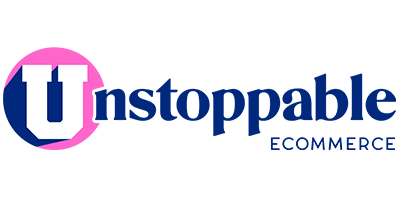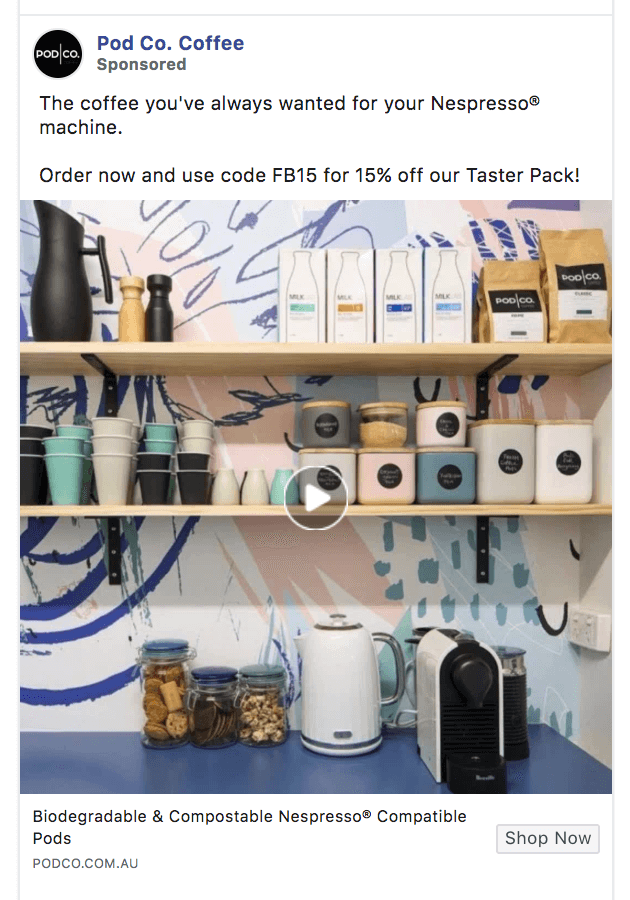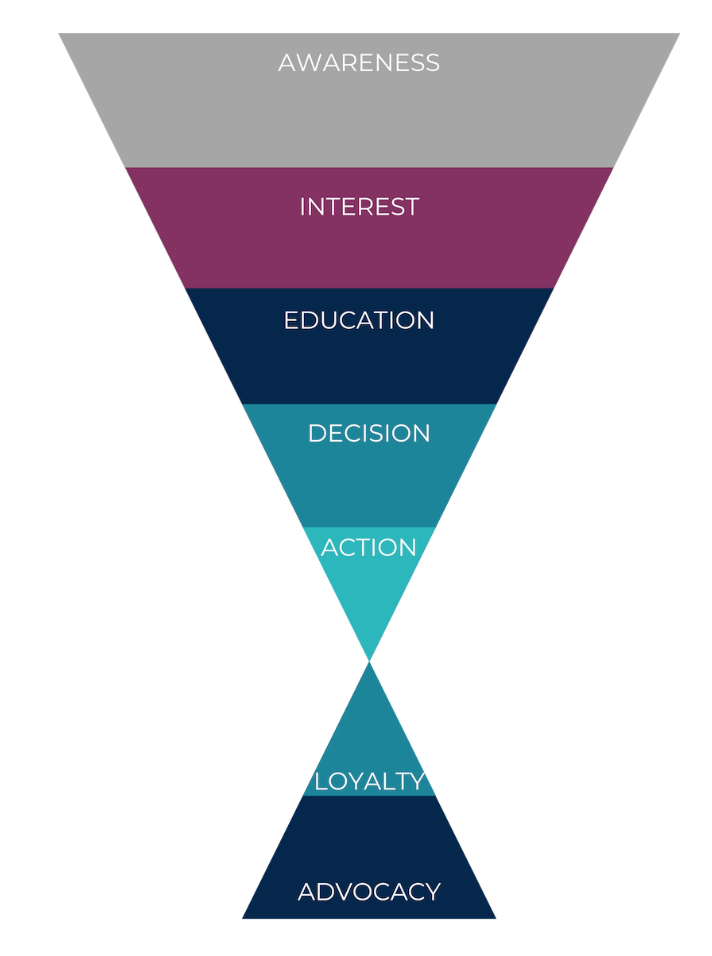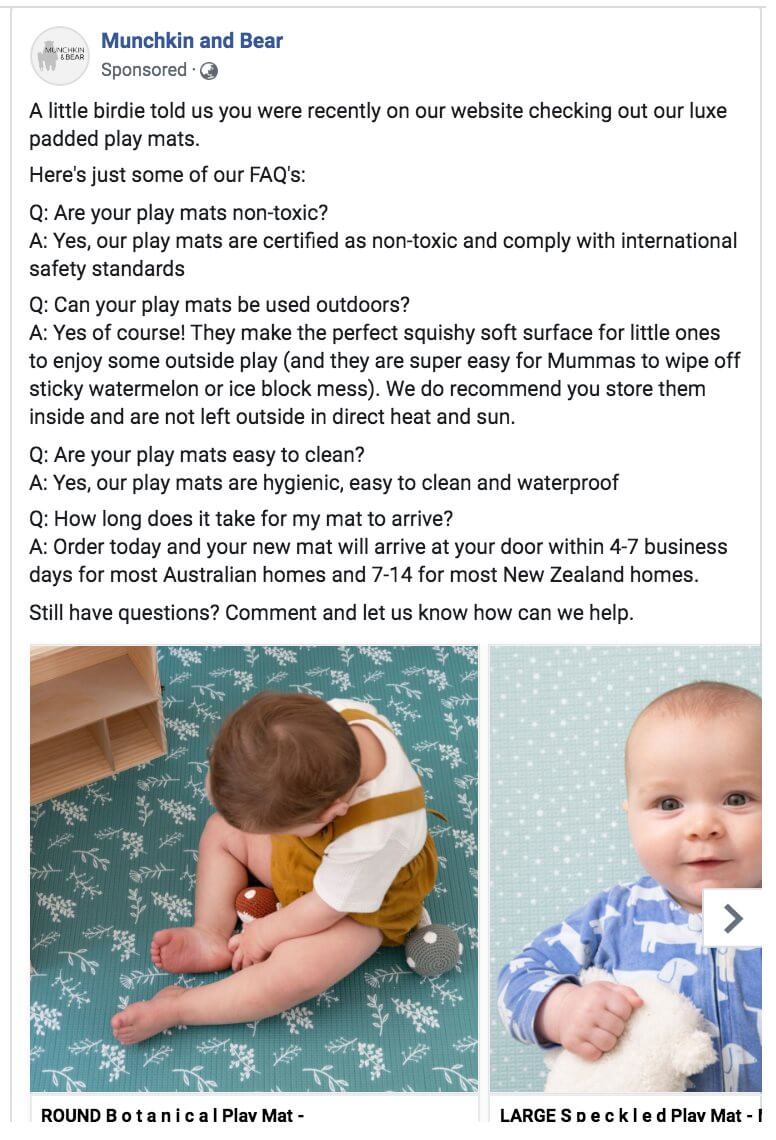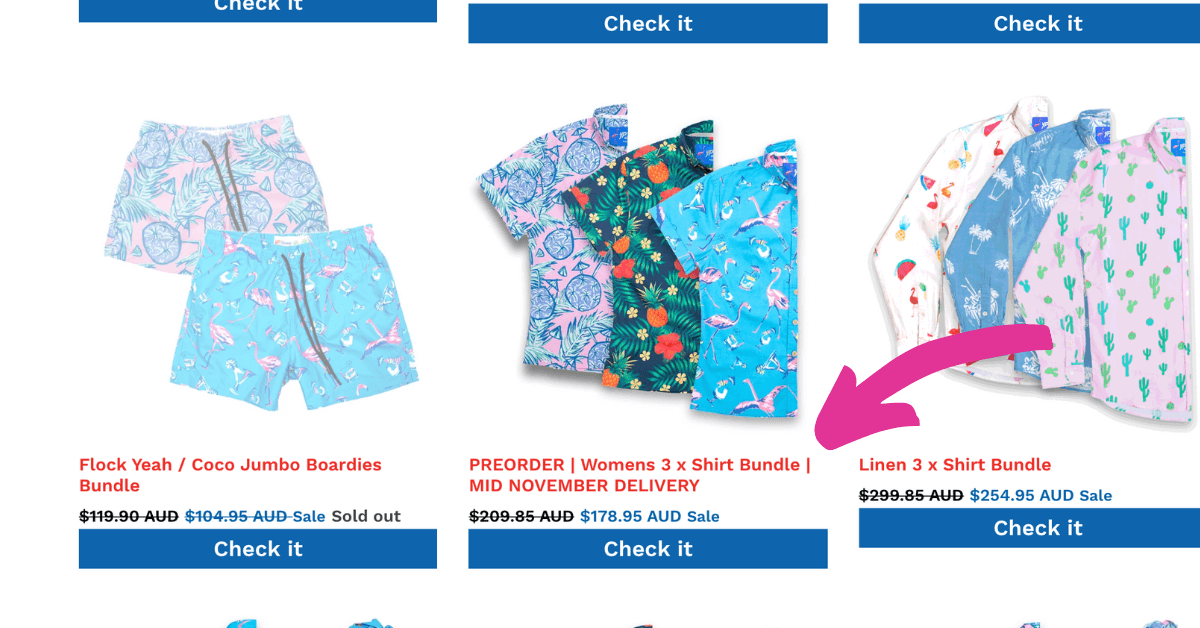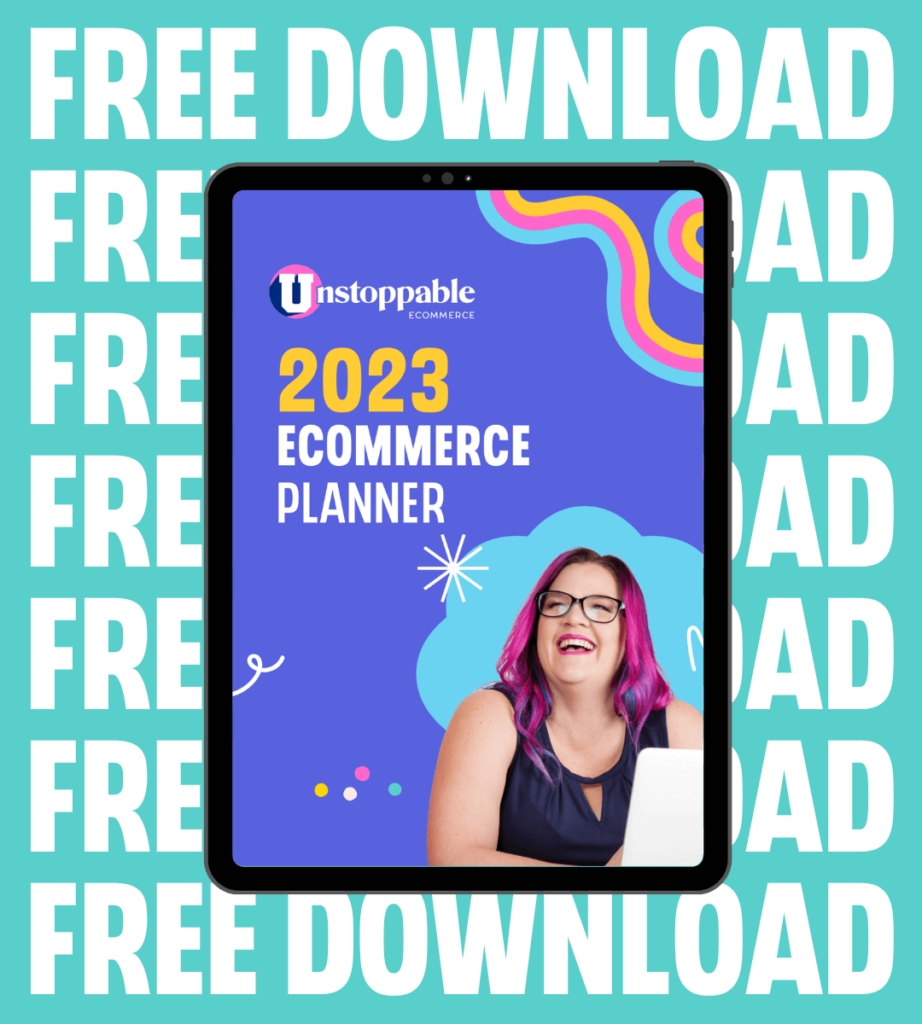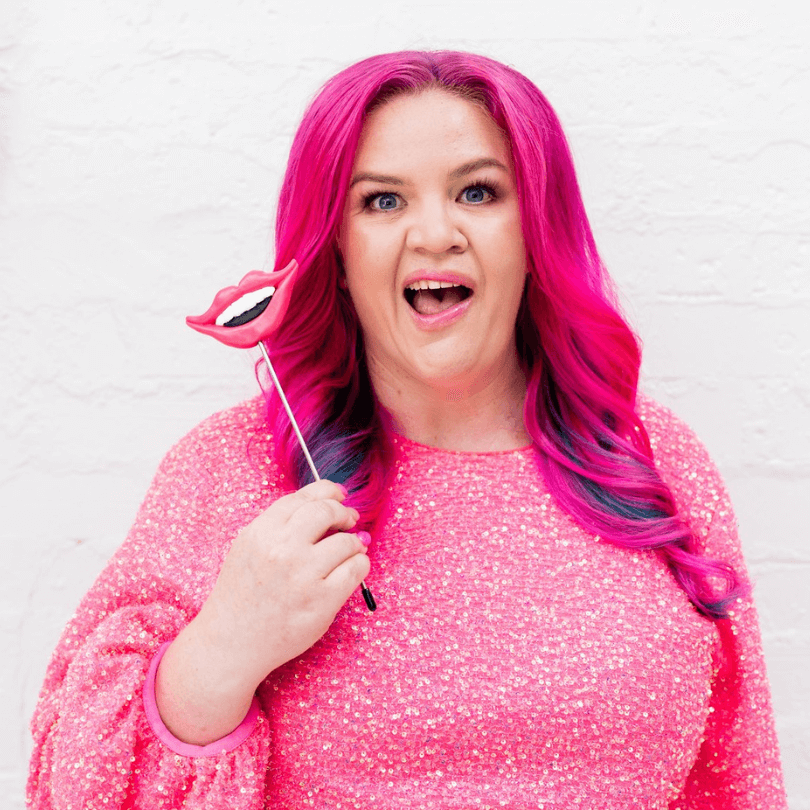The 5 Pillars of Successful Facebook Ads
Facebook™ Ads are not magic, they’re media. A media placement tool to be exact.
You can get amazing results with Facebook™ Ads, but you can also flush a lot of money down the drain.
We have some clients who generate 20+ return on ad spend (ROAS) month on month. While we have audited some accounts (we do this as a free service for potential clients) and they aren’t even breaking even. Ouch.
So why do some Facebook™ Ad accounts do well, and some don’t?
We like to look at it holistically. There are a lot of moving parts that all need to work together to ensure Facebook™ Ads success. These are the 5 pillars we use for Facebook™ Ads success.
5 Pillars of Facebook Ads Success:
1. The Product
The product that you advertise to sell on Facebook™ is critical. You need to have a fantastic product that people actually want. Sounds obvious right? But you’d be surprised how often people try to sell absolute crap.
You also need to have a healthy gross profit margin and a reasonable minimum order value. Facebook™ ads will rarely work for a $5 product or a product that only has 20% gross profit margin. We like to work with clients who have an:
- 80% gross profit margin and
- $80 minimum order value.
Why? Facebook™ Ads aren’t free. You need to have a healthy margin in order to be able to invest in the growth drivers of your business.
2. The Funnel
The second pillar to Facebook™ Ads Success is the funnel. This is how the campaigns and ad sets are setup. It’s the optimisation method, targeting and placement that is used.
Basically a funnel is the journey your customers take to go from not knowing you exist, to purchasing from you. They start at the top and end up at the bottom, and there are many steps in between.
You can deep dive into our advertising funnel here.
People make the mistake of setting up a few campaigns that send their ads to their target audience based on interests, geographics and demographics. But this is just the top of the funnel. They leave a lot of money on the table by not having a follow-up sequence, which is the rest of the funnel. You read more about this here.
The other mistake people make here is they don’t let the algorithm do its job. The algorithm exists to show the most relevant ads to the right audience. If you try to control or manipulate who sees what too much you will interfere with the algorithm and it won’t be able to do its job.
3. The Creative
The next pillar to running successful Facebook™ Ads is the ads themselves. And there are a few elements we’re going to look at here.
- Thumb stopping visual. The visual you use, whether that be an image or a video, needs to be thumb-stopping. Meaning you capture peoples’ attention and get them to stop scrolling through their newsfeed.
- Copy that converts. The copy, or the words you use to convey your message, needs to align with your target audience and entice them to take action.
- The type of creative. People often ask us whether they should be using an image, a video, a slideshow or a carousel to get the best results. And the answer is yes. See your audience will like to consume media in different ways. Some will like still images, some will prefer video. You need to test and measure all the options that Facebook™ give you and see which one performs the best. And this testing and measuring never stops.
- The right message at the right phase of the funnel. You don’t ask someone to marry you on the first date. What you say is important, but when you say it is critical. This is explained in detail here.
What you say, how you say it and where you say it is super important.
4. The Destination
The website that you are sending traffic needs to be ready for that traffic. The ads’ job is to get traffic to your website. Your websites’ job is to convert traffic to a sale.
Facebook™ bots read the content of the website you are sending people to, to see if it’s consistent to your ad, relevant to your audience and doesn’t violate Facebook™’s terms of use. Not only that, but your potential customer makes a decision on whether to stay and look around, or leave, based on what they see.
If you drive traffic to a site that is not ready for the traffic it’s like turning taps on and not having any buckets in place to catch the water.
5. The Data
From the moment you start running ads you are collecting data. If your ads aren’t converting to sales you can analyse that data and make decisions about what to test and measure. If your ads are converting to sales you can analyse the data and learn how to make them even better.
The data will tell you what’s working and what’s not.
The data will tell you if there are holes in your website. The data will tell you if your creative sucks. The data will tell you if you are targeting the wrong audience.
You need to have patience in order to collect data. You need to test and measure.
A final word
There is success to be had with Facebook™ Ads but Facebook™ Ads aren’t a silver bullet or magic wand. It can sometimes take a little while to get all the elements working together, especially if your business is new to online advertising, you’ve been doing it ineffectively or you haven’t made many sales yet, but once you crack the code, it’s worth it.
Want to learn more?
- Join our free Facebook Group for lots of free trainings and more great info.
- Want to deep dive into learning how to set these kinds of ads up for yourself? Check out our education program eComm Ignitor.
- Or if you want someone to do it for you, get in touch. We provide a done-for-you service to our clients.

Written by Megan Winter
Megan is an award-winning marketer and has worked with some of the fastest-growing eCommerce brands in the world.
Megan loves helping ethically-produced, heart-centred, soul-driven online store owners to make more income and achieve more impact.
